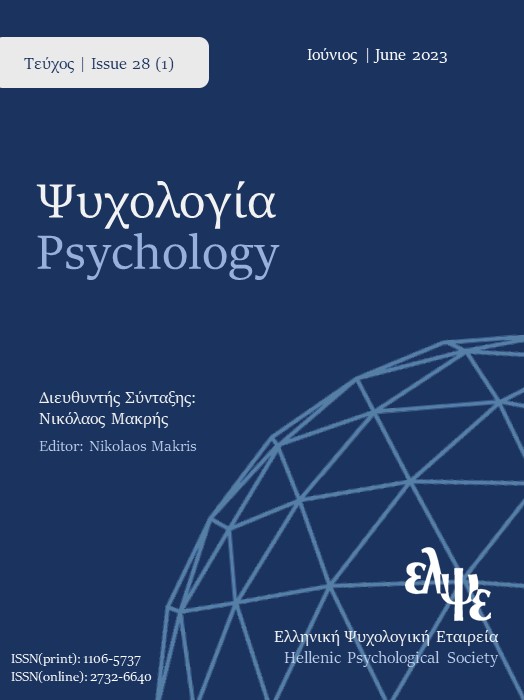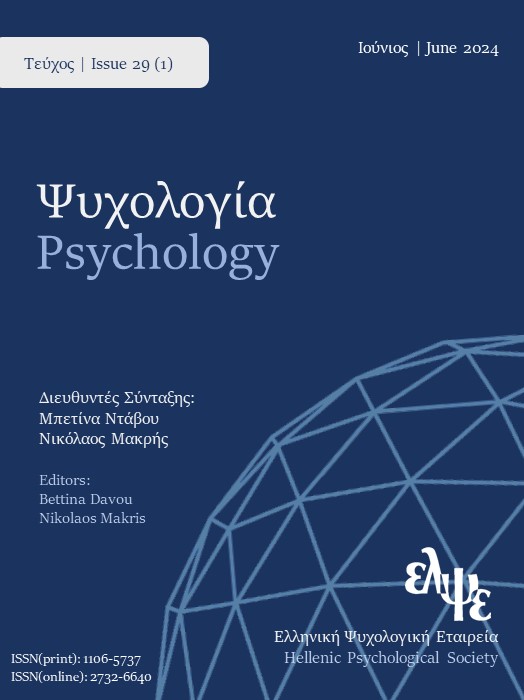Intersectionality as researchers’ and participants’ resource: A commentary on the contributions to the Special Issue

Abstract
The aim of this commentary is to relate the papers contributing to this special issue to the broader directions and orientations of psychological research on intersectionality. It is argued that, in common with existing psychological research, the contributions to the current issue either explore how social actors stereotype others in light of their intersecting social identities or focus on the potential psychological and social implications of holding intersecting subordinate identities (including gender). It is also maintained that while intersectionality has mainly constituted the researcher’s concern and analytic lens, a future research agenda, as it is indicated by some of the contributions, should involve the study of intersectionality as participants’ concern and resource and the investigation of the (proximal and distal) implications of its use in different social and rhetorical contexts.
Article Details
- How to Cite
-
Figgou, L. (2023). Intersectionality as researchers’ and participants’ resource: A commentary on the contributions to the Special Issue. Psychology: The Journal of the Hellenic Psychological Society, 28(1), 116–121. https://doi.org/10.12681/psy_hps.34686
- Section
- SPECIAL SECTION

This work is licensed under a Creative Commons Attribution-ShareAlike 4.0 International License.
The journal PSYCHOLOGY adopts a Platinum open-access policy. Submission, processing or publication costs are waived by the Hellenic Psychological Society. Papers published in the journal PSYCHOLOGY are licensed under a 'Creative Commons Attribution-ShareAlike 4.0 International' licence. The authors reserve the copyright of their work and grant the journal the right of its first publication. Third-party licensees are allowed to use the published paper immediately after publication as they wish, provided they retain the defined by the license copyright formalities, regarding the reference to its author(s) and its initial publication in the journal PSYCHOLOGY. Moreover, any adjusted work should be shared under the same reuse rights, so with the same CC license.




